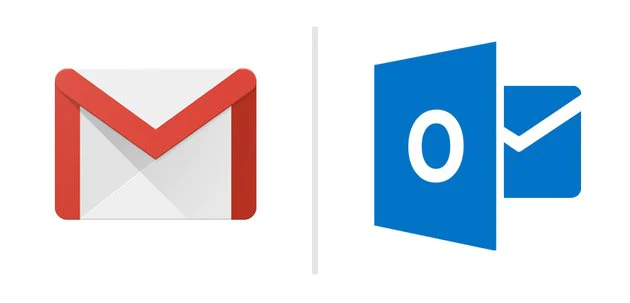Real Estate Showing Automation
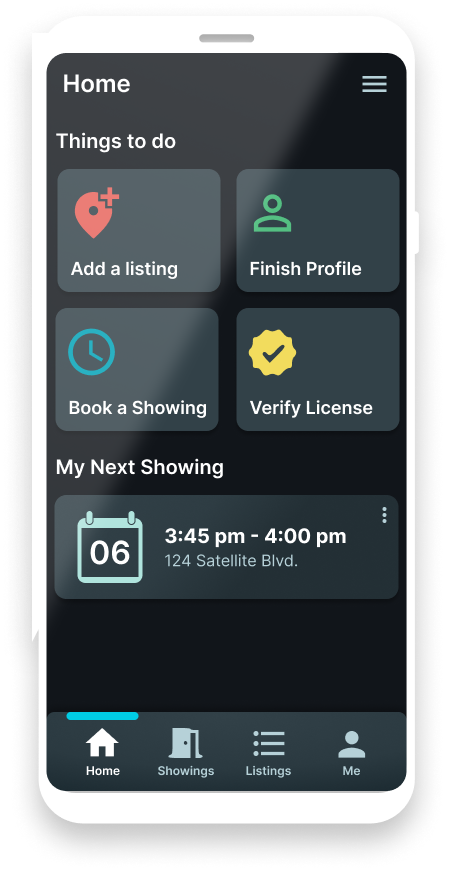
Part I
The Problem
Description
A giant in customer-facing (B2C) real estate software has acquired a B2B solution that is industry standard for real estate agencies. Many agents feel the acquisition is in a direct conflict of interest, as it in theory strengthens the parent company’s already demonstrated ability to intercept customers in agents’ sales pipelines, resulting in lost sales for agents. Even prior to the acquisition, the longtime industry standard tool has enjoyed minimal competition. This appears to have afforded them the freedom to remain stagnate in usability and feature enhancements. Features also seem to prioritize agencies over agents. With no viable alternatives, agents feel they’re left desperately using a lackluster product they do not wish to use.
My Contributions
From conception to launch, I performed all UX research, UX design, UI design, style-guide design, and project management.
Part II
Goals & Objectives
- Verify users are licensed real estate agents.
- As a seller’s agent, user should have the ability to manage a calendar of availability for each listing they own.
- As a seller’s agent, user should have a public profile showcasing their active listings.
- As a buyer’s agent, user should be able to search available listings via address or QR code scan.
- As a buyer’s agent, user should be able to view and manage their own upcoming showing appointments.
- Users should have the ability to share a listing outside the app.
- Ensured privacy – Many seasoned agents are wary of providing their client’s contact information out of a concern for the information being used in an unfair way.
- License verification – to maintain professional standards and trust in the platform, users need to know they are communicating with fellow licensed agents.
- Feedback mechanism – A system for providing and receiving constructive feedback about listings after being shown.
- Efficient time management, (prevent overbooking, modify appointments, cancel, etc.)
- Streamlined availability scheduler
- Notifications – Users need to be notified promptly of changes to appointments.
- Real time updates – A critical need for up-to-date and accurate information on listings to ensure reliability and trustworthiness in the app’s data.
- Must meet standard accessibility requirements.
- Support for multiple timezones
- State license registry integration for verification
- MLS / IDX database integration
- Google Maps API
- FullCalendar
- Deeplinking
- Push notifications (OneSignal)
- Social logins
Part III
Research
Blogs & Forums
Gained a pulse on the industry and a sense of its culture, its current events, and sentiments held by its thought leaders.
Competitor Analysis
Revealed user expectations regarding features and usability.
Product Reviews
Discovered a rocky history between the company and its agent users, including longstanding unmet needs.
SME Interviews
Identified user journeys complete with hindrances and habits.
Technical Feasibility
Determined effort required for certain functionality to guide scope definition and solved for workarounds.
Peer Review
Refined copy writing.
User Testing & Analytics
Confirmed and refined design decisions.
Uncovered Opportunities
- Today, agents do a lot of tasks manually that could be easily automated.
- Agents find competitor app to be slow and buggy.
- Many agents prefer communicating offline over using the app.
- Some agents pay a third-party service to manage listing availability due to it being time consuming.


Technical Challenges
Creative Solutions
1.Listings were to be populated in the app via IDX integration, but this proved incredibly expensive and difficult. IDX data is also not updated in real time, meaning some agents may be attempting to book showings for a listing that is no longer available.
1.I knew with or without the database integration, listing agents would still need to (at the least) type in a listing’s location address to manage it. I also knew the demand we were meeting was specifically for scheduling, not for a secondary place to read details already found in the MLS. Instead of an IDX, I connected to the Google Maps API and allowed auto-complete to streamline the “add listing” process so much so that it was actually easier for the user to add listings to our app than it would have been to pull data in from an IDX. So, we removed IDX from our V1 and were able to reallocate its resources to more impactful items.
2. To prevent inaccurate or spam listings, we wanted to make sure users had an active real estate license. Third party license verification, unfortunately, proved problematic initially.
2. Unable to connect to third party verification, for V1 I removed social login options and required the user to enter their work email address. Then, I had the domain of the entered email address cross-referenced with a list of common public email providers like gmail.com, yahoo.com etc. Should the list get a hit, I displayed a message reminding the user to input a work email address instead. I also required the user to click a verification link sent to their email prior to being able to publish their listings live.
3. Analytics after V1 release showed users were adding listings but not taking the time to follow up and add availability.
3. I built a wizard for adding listings that included a step for setting up some basic availability, and indicated advanced settings could be accessed from the edit screen. This connected the two steps in a more linear workflow, resulting in more listing completions.
4. The cost of implementing QR code generation and reading was estimated higher than the business expected.
4. User testing showed QR functionality was not an expected feature amongst agents. While they showed an interest in exploring its possibilities, 9/10 users agreed it was “nice to have” and had little to no impact on their decision to use the app. It was moved to the backlog upon sharing results with the business.
Part IV
Design
Color Palette
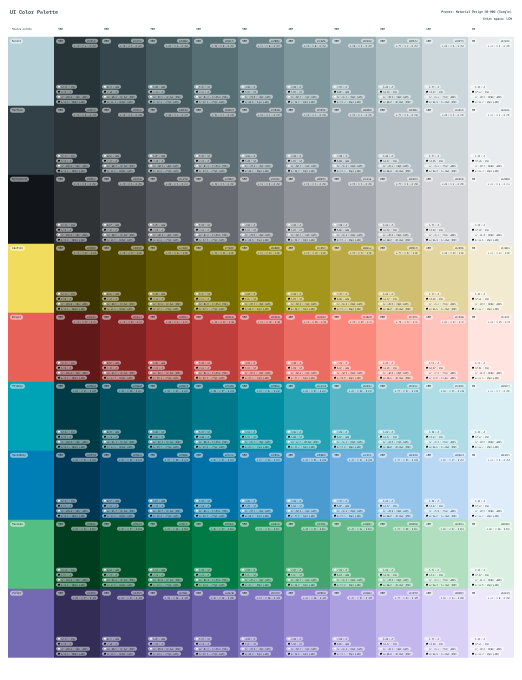
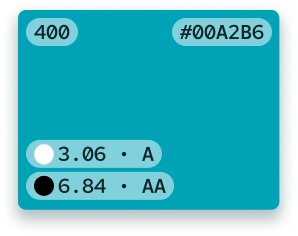
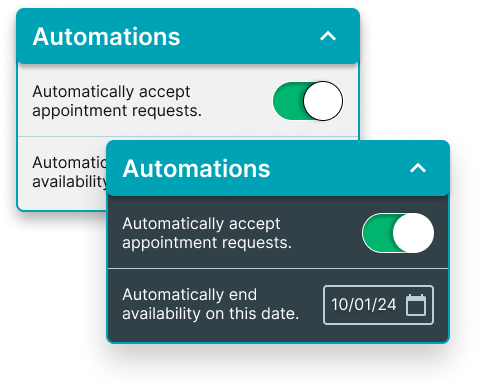
User Journey
Priority Matrix
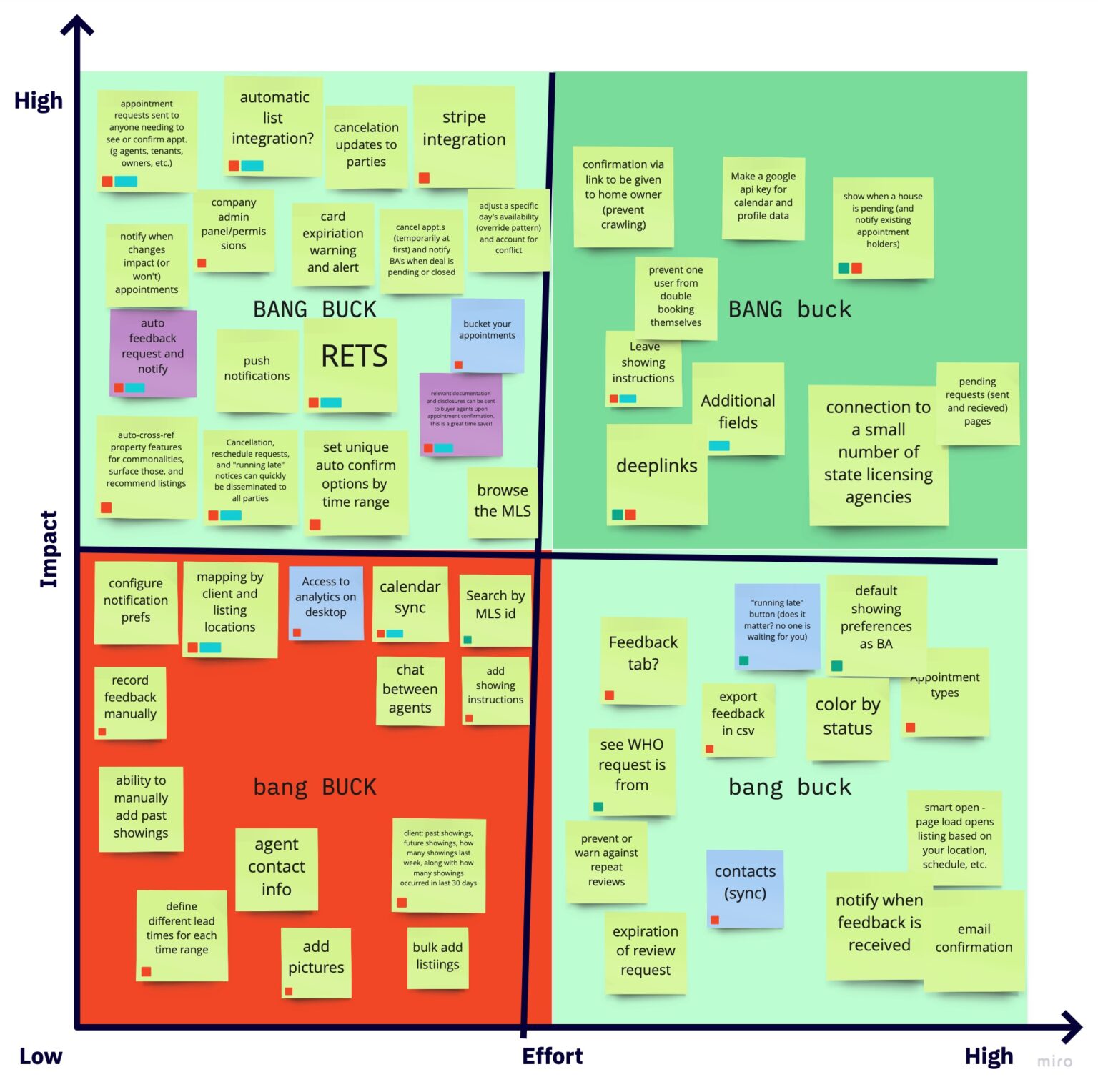
Part V
Final Solution
Part VI
Conclusion
Retrospection
I would have liked to observe agents using the competitor’s app in real world scenarios.
Future Considerations
- Support for additional appointment types, such as Open house, inspection, and contractor.
- Support commercial property showings
- Sync with Google calendar
- Sync with Outlook calendar
- Explore ability for agent to organize their showings by client without sacrificing the privacy of client information.
- Analytics (more research needed)
- Revisit QR code ideas
- Ability to transfer listing ownership
- Ability to log showings retroactively
- Brokerage dashboard
- Activity feed on Home tab
- Refine conditions surrounding duplicate listing creation
- Prevent double booking oneself for showings
- Segmented tabs on “Listings” page to filter listings by status.
- On “Showings” tab, ability to view appointments in the past.
- Route planning
- Option to provide a cancelation reason.
